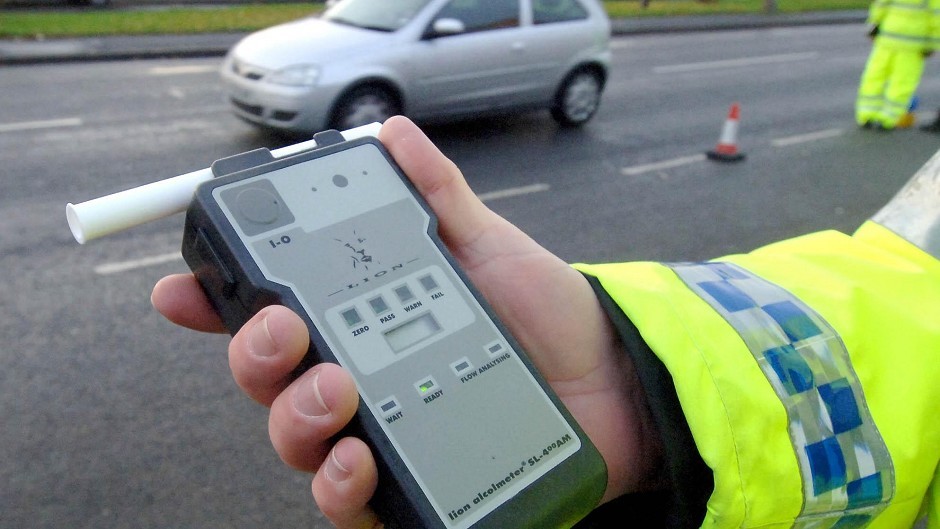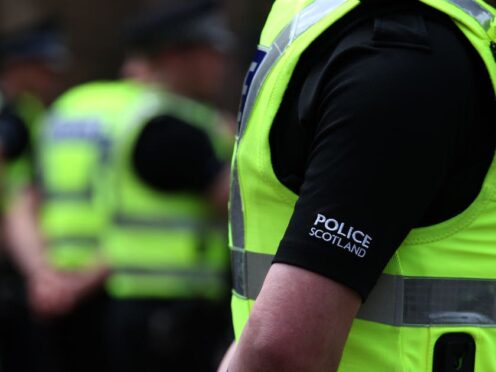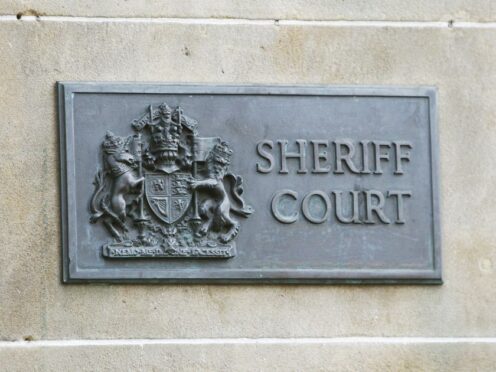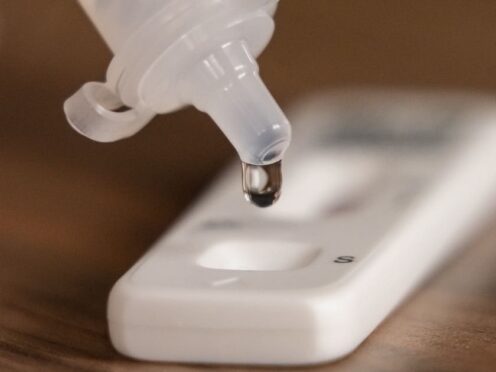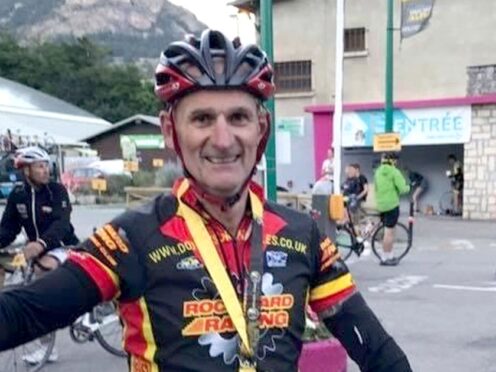The reduced drink-drive limit in Scotland has had no impact on cutting road accidents, a new study has found.
The Scottish Government cut the legal blood alcohol limit for motorists from 80 milligrammes of alcohol in 100 millilitres of blood to 50 in December 2014.
It argued the change would help save lives and make the country’s roads safer.
But Jim Lewsey, professor of medical statistics at Glasgow University’s Institute of Health and Wellbeing said the “unequivocal” results of the research was that this “simply did not have the intended effect of reducing RTAs”.
The “most plausible” explanation for this “surprising” finding was the lower limit in Scotland was not backed up with sufficient police enforcement or media campaigning, he added.
Prof Lewsey said: “In our view, the most plausible explanation for our findings is that the change in legislation was not backed up with additional police enforcement, nor sustained media campaigning.
“It is also perhaps an indication of the safety of Scotland’s roads more generally, following continual improvements in recent years, and the fact that drink-driving is increasingly socially unacceptable.”
Figures obtained by the Press and Journal earlier this year showed that more motorists were caught boozing behind the wheel than anywhere else in Scotland since the new drink driving limits were introduced.
A total of 1,377 drivers in Grampian were caught drunk behind the wheel between December 5, 2014 and April 1 this year.
Over the same period, 988 motorists in the Highlands were caught with a blood alcohol content higher than the limit.
The figures for the north-east were worse than Lothian, Greater Glasgow and Edinburgh.
A spokeswoman for the Scottish Government said: “The 2010 independent North Report found that drivers are six times more likely to die in a road traffic accident with a blood alcohol concentration between 50mh and 80mg than with zero blood alcohol.
“That is why the Scottish Parliament agreed unanimously to set the drink-drive limit based on scientific evidence as to when impairment begins to increase significantly, bringing Scotland in line with most European nation.
“Scotland’s roads are becoming considerably safer and we have seen a long-term trend of significantly reduced numbers of accidents, even as traffic volume has increased.
And Chief Superintendent Stewart Carle, head of road policing in Scotland, said: “Police Scotland willingly participated in this comprehensive study and continues to support parallel research led by the University of Stirling, looking at the reasons for the findings, and recommendations for policy and practice.
“Meantime, it would be premature to judge what is behind these findings or what should happen next.
“What is clear from the analyses of road traffic collisions in Scotland is the life-taking impact of the so-called fatal four causation factors – inappropriate speed, not wearing a seatbelt, driving distracted by using a mobile device, and driving whilst under the influence of drink and drugs.”
